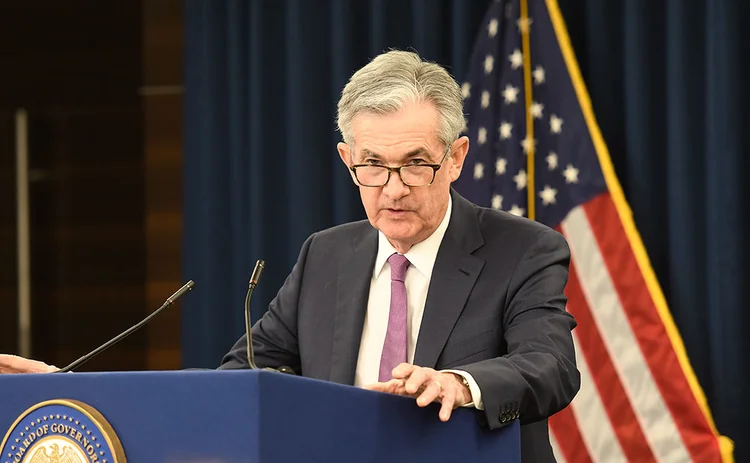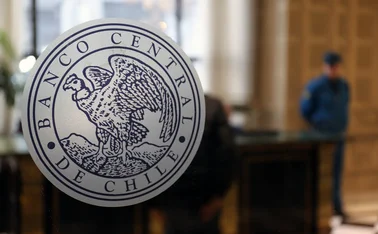
Fed raises rates by 25bp as it chases lower core inflation
Policy-makers still need to “take away the punch bowl”, economist says

The Federal Open Market Committee unanimously voted to raise its target interest rate by 25 basis points today (May 3), to a range of 5% to 5.25%.
The FOMC said it would consider economic conditions “in determining the extent to which additional policy firming may be appropriate”.
The Federal Reserve removed a line from its statement, which had previously said policy-makers expect further rate hikes. Fed chair Jerome Powell called the removal of that expectation “a meaningful change”.
However
Only users who have a paid subscription or are part of a corporate subscription are able to print or copy content.
To access these options, along with all other subscription benefits, please contact info@centralbanking.com or view our subscription options here: subscriptions.centralbanking.com/subscribe
You are currently unable to print this content. Please contact info@centralbanking.com to find out more.
You are currently unable to copy this content. Please contact info@centralbanking.com to find out more.
Copyright Infopro Digital Limited. All rights reserved.
As outlined in our terms and conditions, https://www.infopro-digital.com/terms-and-conditions/subscriptions/ (point 2.4), printing is limited to a single copy.
If you would like to purchase additional rights please email info@centralbanking.com test test test
Copyright Infopro Digital Limited. All rights reserved.
You may share this content using our article tools. As outlined in our terms and conditions, https://www.infopro-digital.com/terms-and-conditions/subscriptions/ (clause 2.4), an Authorised User may only make one copy of the materials for their own personal use. You must also comply with the restrictions in clause 2.5.
If you would like to purchase additional rights please email info@centralbanking.com test test test







